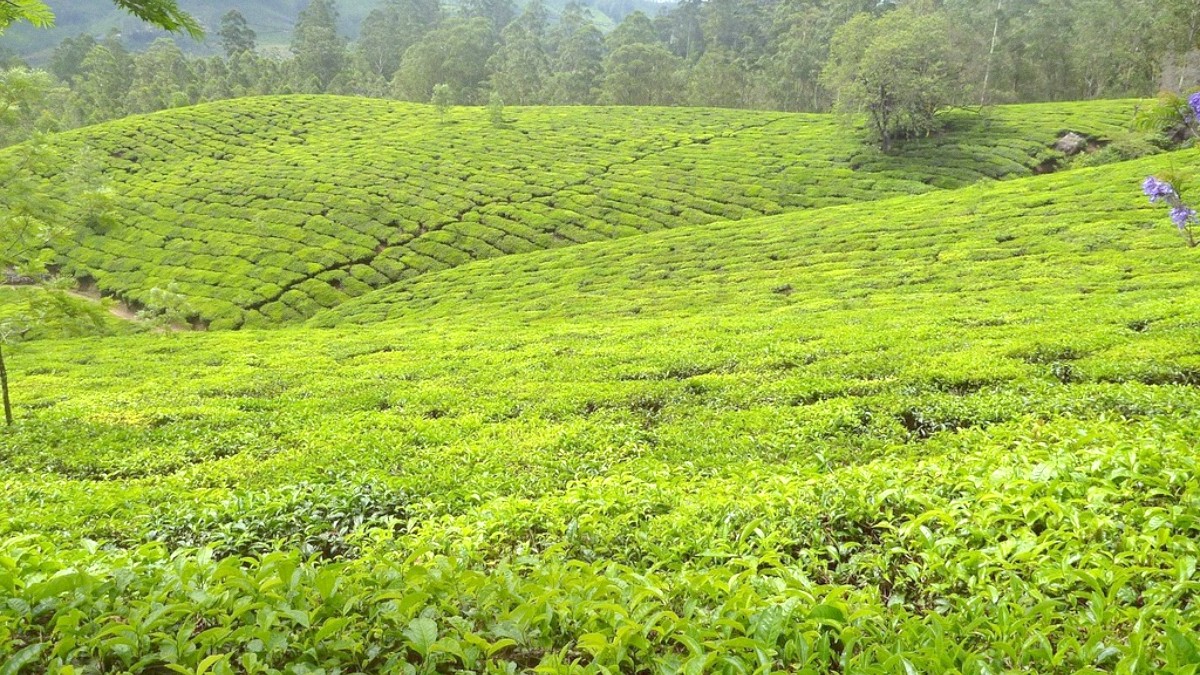
Northeast States, India
This valley is flanked by hills and plateaus, offering diverse landscapes from flat alluvial plains to undulating highlands. The capital, Dispur, is part of the larger Guwahati metropolitan area, which functions as the largest urban center in Northeast India. This strategic location presents Guwahati as a transportation hub for the entire region. Elevation across the plains generally ranges from 30 to 150 meters (100 to 500 feet), creating a relatively flat terrain suitable for agriculture, especially tea cultivation. The surrounding hill districts, however, reach higher altitudes, contributing to a varied climate and distinct ecosystems within the state. This geographical position, nestled among hills and a major river, shapes Assam's climate, biodiversity, and cultural interactions with its neighbors.
Assam, located in India's Northeast, serves as a gateway to this unique region. It shares borders with Bhutan and Arunachal Pradesh to the north, Nagaland and Manipur to the east, Meghalaya, Tripura, Mizoram, and Bangladesh to the south, and West Bengal to the west.
The state's geography is defined by the mighty Brahmaputra River, which flows through its heart, creating a vast and fertile valley. This valley is flanked by hills and plateaus, offering diverse landscapes from flat alluvial plains to undulating highlands. The capital, Dispur, is part of the larger Guwahati metropolitan area, which functions as the largest urban center in Northeast India. This strategic location presents Guwahati as a transportation hub for the entire region. Elevation across the plains generally ranges from 30 to 150 meters (100 to 500 feet), creating a relatively flat terrain suitable for agriculture, especially tea cultivation. The surrounding hill districts, however, reach higher altitudes, contributing to a varied climate and distinct ecosystems within the state. This geographical position, nestled among hills and a major river, shapes Assam's climate, biodiversity, and cultural interactions with its neighbors.
Assam spans approximately 78,438 square kilometers (30,285 sq mi), a sizeable state within India. The 2011 Census recorded a population of approximately 31.2 million, with current estimates from 2023 suggesting over 35 million. Assamese serves as the official language, with Bengali and Bodo also widely spoken. English sees use in official and business contexts. Guwahati is the largest city and main gateway.
Other significant urban centers include Dibrugarh (an industrial and tea hub), Silchar (in the Barak Valley), Jorhat (known as the 'Tea Capital of India'), Nagaon (an agricultural and administrative town), and Tezpur (the 'City of Blood'). Each city presents a distinct experience for visitors, serving as economic, administrative, and cultural centers.
Mainly agrarian, with tea production as a cornerstone industry. Petroleum, natural gas, bamboo, and unique silk production (Muga, Pat, Eri) contribute. Tourism emerges as a growing sector.
A globally recognized hotspot. Habitats for Indian one-horned rhinoceros (largest population), Bengal tigers, Asian elephants, and diverse bird species.
Kaziranga National Park (rhinos) and Manas National Park (diverse wildlife, Project Tiger, Project Elephant).
Influenced by powerful kingdoms and external changes, evident in its monuments, traditions, and the resilience of its people.
Strategic location connects to Bhutan, Bangladesh, and other Northeast Indian states.
Guwahati serves as the largest city and a main gateway. Other significant urban centers include Dibrugarh, an industrial and tea hub in Upper Assam; Silchar, a city in the Barak Valley; Jorhat, known as the 'Tea Capital of India' and a center for tea research; Nagaon, an agricultural and administrative town; and Tezpur, a city steeped in history and mythology, often called the 'City of Blood'.
Assam's economy is mainly agrarian, heavily reliant on agriculture. Tea production forms a cornerstone industry, with Assam being the largest tea-producing region in India, globally renowned for its strong, malty black tea. Petroleum and natural gas extraction also constitute major industries, contributing significantly to the state's revenue.
Assam is celebrated for its rich biodiversity, making it a globally recognized hotspot. It provides habitat for the Indian one-horned rhinoceros, home to the largest population of these creatures. The state also supports populations of Bengal tigers, Asian elephants, and a wide array of diverse bird species, attracting ornithologists and wildlife enthusiasts.
Assam is home to two UNESCO World Heritage Sites: Kaziranga National Park, world-famous for its one-horned rhinos, and Manas National Park, recognized for its diverse wildlife and conservation efforts, including Project Tiger and Project Elephant.
Assam experiences a tropical monsoon climate, presenting three distinct seasons, each offering a different travel experience.
Careful planning for visa and entry requirements ensures a smooth trip to Assam. Most foreign nationals need a visa to enter India.
Winter (Oct-Mar) brings cool, dry weather (8-25°C). Summer (Apr-Jun) sees hot, humid conditions (35°C+). Monsoon (Jun-Sep) has heavy, continuous rainfall.
Most foreign nationals require an e-Visa or regular visa. Passport validity (6 months beyond stay), return ticket, and funds are .
Costs vary by travel style. Indian Rupee (INR) is the currency. Exchange at banks/ATMs. Cash is widely used, cards in major establishments.
Assam experiences a tropical monsoon climate, presenting three distinct seasons, each offering a different travel experience.